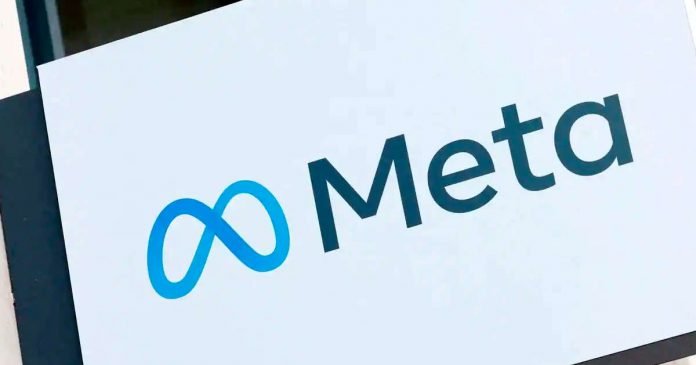With over 500 million daily active users, Instagram has become one of the most targetable visual marketing channels. Ultimately, the large and diverse audience on the platform presents a massive opportunity for businesses, influencers, and individuals alike to build a loyal audience.
After all, a strong presence on Instagram has proven to be key in successfully scaling marketing efforts. But as more people get on board, it’s becoming harder to amass a huge following. It won’t happen overnight- well, unless Jay Z has mentioned you in a song.
So, how do some people consistently gain so many followers on Instagram against all odds? While some of these accounts belong to celebrities, nowadays, the majority of them do not. Today, you don’t need to be famous to build a following.
Ready to learn how to get genuine followers on Instagram? This article will discuss practical tips that will get you closer to your goal.
9 Tips to Get Genuine Followers on Instagram
If you want to get more engagement and traffic on your Instagram page, treat it like a landing page and optimize it accordingly. That said, here’s how:
1. Buy Instagram Followers
Buying followers is one of the primary ways to increase your engagement on Instagram. A larger organic followers list increases the reach of your brand and engagement. More importantly, you can easily request partnerships with some of the top brands in the world.
That’s because over 60% of marketers ideally use Instagram to engage with their target audience. With that in mind, you can purchase Followers on Instagram from Media Mister, a platform best known for its list of organic traffic.
Hands down! Media Mister is, dare I say, the best resource for anyone trying to grow their Instagram followers.
2. Make High-Quality Content
As an expert in your field, you should give your followers a reason to keep up with your profile consistently. And that can be best done by creating high-quality content. There are literally billions of Instagram followers.
Why should they follow your profile and consistently keep up with you? Once you can answer that question, you’ll quickly identify how to make high-quality content for your audience.
You can also incorporate text overlays, create consistent brand authenticity and use high-resolution images. These tips will captivate your audience long enough to convert them to loyal followers.
3. Be Consistent
Undoubtedly, momentum is a significant factor on Instagram. I’m sure by now you’ve already figured out that getting genuine followers requires more than just clicking on the ‘follow’ button. You need to retain them as well. That’s done by providing consistent, high-quality content. It’s not all about posting at the right times-no, siree!
Sticking to a specific posting schedule is the best way to get a handle on your Instagram posting. And to get the ball rolling, start by creating a content calendar. Scheduling content in advance ensures you have control and organization of your profile.
4. Use Relevant Hashtags
Since the beginning, Instagram hashtags have been a constant on this platform. However, these days, hashtags don’t have as much weight as they used to. Therefore, dumping 30 hashtags on your posts doesn’t necessarily lead to new followers.
To help with that, you must be proactive, especially regarding industry-specific tags. When appropriately used, quality and relevant hashtags could increase the visibility of your Instagram posts. One of the best hashtag practices is to research trending niche-specific hashtags.
You can also mix popular hashtags or create branded hashtags that speak volumes for the brand voice you are trying to build.
5. Know Your Audience
Figuring out how to get genuine followers on Instagram includes knowing your audience. The more you understand your audience, the better your content will be. And if you have a competitor or two, a little competitor analysis so you can know how to stay ahead.
Social media competitor analysis will help you understand how often they post, when and the formats they use. Follow them closely so you can catch up on the strategies they employ. Then you might get a rough idea of their techniques to optimize your posts to get more followers.
6. Engage with Your Followers
Instagram is very community-oriented. And one of the best ways to get involved is to engage with your followers. It’s the most natural way to build a solid relationship with your community and increase your engagement rate.
So, whether you’re a content creator or a brand, set aside time to host Q&A sessions, polls, and surveys. This will help your community connect with you on a deeper level. On top of that, don’t forget to respond to comments and DMs as often as you can and engage in real-time Instagram stories and Live events. Such interactive content makes you more personable and fun to follow.
7. Promote Your Account on Other Platforms
If more followers are your goal, you should never shy away from promoting your Instagram account on other platforms. Don’t just assume that people will find your Instagram handle. Direct them to it. And how can you do that?
Start by adding social media icons to your website and marketing emails. Aside from that, you can feature a user-generated content feed on your product page. Another good place to start is TikTok if you want to promote your Instagram on other social media channels.
Link your Instagram accounts to your TikTok, then create a few videos encouraging your viewers to click through and visit your profile. You can also share Instagram-specific announcements like an upcoming Instagram Live Event on TikTok or Facebook.
8. Use Stories and Reels
Instagram is no longer just a photo-sharing app. Over the last couple of years, it has introduced other content formats, including Instagram stories and reels. Much like the for You page on TikTok, reels feed and stories are mostly preferred for their bite-sized entertainment.
And since they serve as high-interest content for both people who follow you and those who don’t, they lead to increased engagement. Ultimately, that will help boost your visibility and grow your follower count.
To achieve the best results, make use of trending sounds and music. Also, keep the reels short, precise, and engaging to encourage repeat views. You can even add on-screen texts for users to watch without the sound and incorporate hashtags that accurately describe your content in the caption.
9. Run Contests and Giveaways
While this might seem like a cheap gimmick, hosting an Instagram contest and giveaway can effectively help you gain genuine followers. It can help you reach expand your reach while building a stronger sense of community with your existing followers.
People love winning free stuff. So, as part of the contest, you can encourage users to follow your Instagram account or like and comment on your posts to stand a chance to win.
Conclusion
It doesn’t take a genius to understand that getting followers on Instagram or any other social media platform will require effort from you. There’s no shortcut to getting to the top. More importantly, this won’t happen overnight. These tips will help you build your foundation if you truly want genuine followers.
Once you take action and start working on each of these neat tricks, you will be one step closer to your goal. So, start today!












